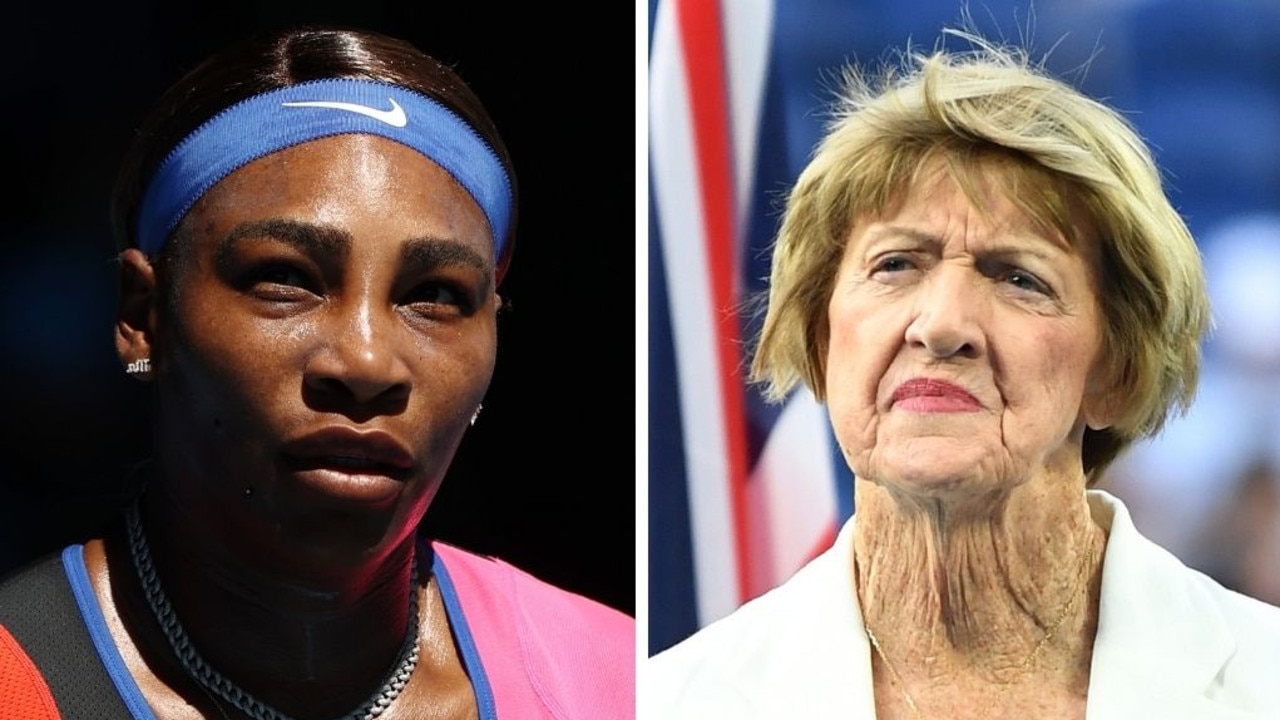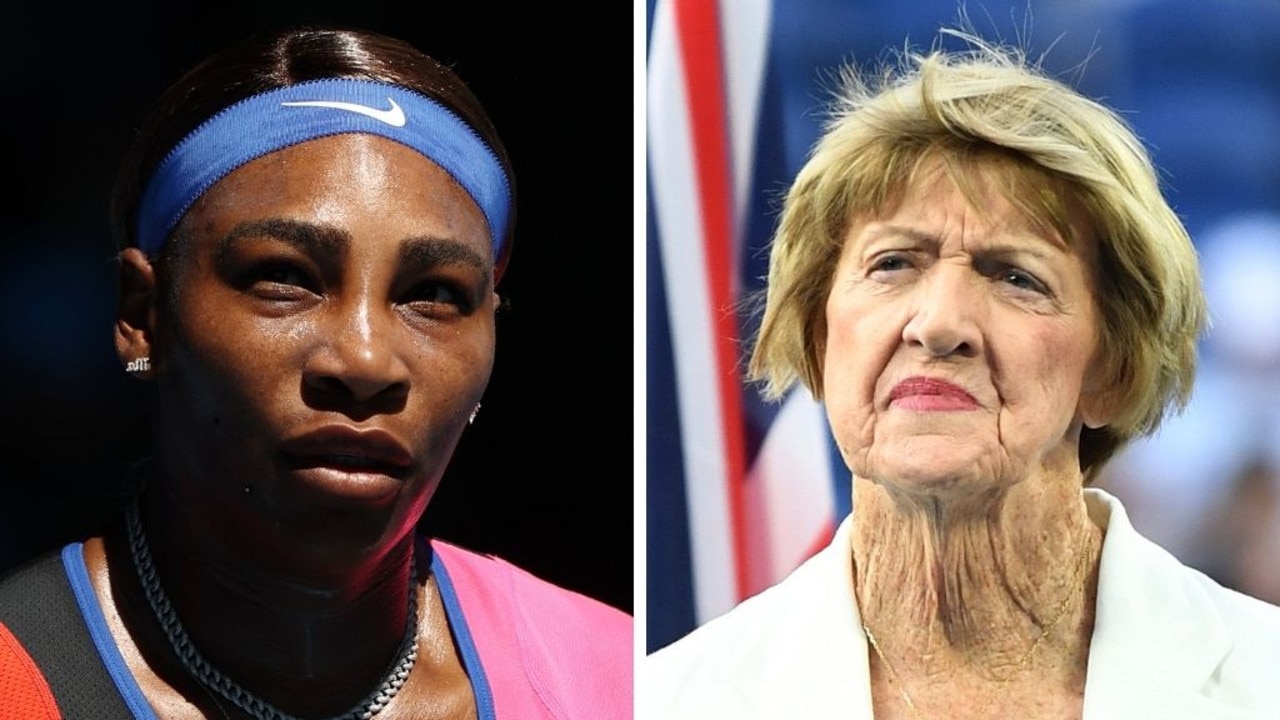Earlier this week one of the most successful and celebrated athletes of all time – 23-time Grand Slam winner – Serena Williams announced her retirement from tennis.
While the news was most definitely headline generating, the reason behind it was far from a shock.
The 41-year-old’s decision, explored in an ‘as told to’ article in Vogue, outlined that she was retiring, partly, in order to expand her family.
“Something’s got to give,” she said. And unfortunately, as sexist, unfair and outdated as this may be, she’s right.
“Believe me, I never wanted to have to choose between tennis and a family,” she wrote.
“I don’t think it’s fair. If I were a guy, I wouldn’t be writing this because I’d be out there playing and winning while my wife was doing the physical labor of expanding our family.
“These days, if I have to choose between building my tennis resume and building my family, I choose the latter.”
In response to this, some have criticized Williams for using motherhood as an excuse, as if retirement is some sort of cop-out for not being a good enough tennis player.
I read comparisons between her and past female tennis players who competed after having children, putting them up on nonsensical pedestals because they didn’t use being a mum as an excuse for ‘giving up.’
While no, Williams has not won a Grand Slam Singles title since the Australian Open in 2017 (while pregnant with her daughter, a feat in its own right), not many other female players of the Open Era have either. In fact, there are only three – Kim Clijsters, Margaret Court and Evonne Goolagong Cawley.
The majority have found motherhood and professional tennis an unworkable combination.
Despite the challenges that arose, Williams still persevered and still succeeded, coming Runner Up in four Singles Grand Slams finals (yep, mum and all).
“I went from a C-section to a second pulmonary embolism to a grand slam final. I played while breastfeeding. I played through postpartum depression,” she said.
The biological inequality of being a woman is so difficult that it’s leading some professional tennis players with a desire to have it all (both career and family) to explore fertility options early in their careers.
Former Australian tennis player, Rennae Stubbs told ABC Radio National Breakfast: “I know players that want to have children, that want to have a family, have [frozen] their eggs, because they want to play until their mid-30s or 40s.
“So, they freeze eggs so they can have kids later on in life. But think about Tom Brady or Roger Federer or Rafa [Nadal] now; you can have children and keep playing because you’re not the one birthing it and taking nine months to have the child and then the recovery after the child.”
But it’s not just professional tennis players facing these challenges, elite athletes of all disciplines often struggle to find a workable way forward because there is a certain level of commitment that is expected, and this often means sacrificing other aspects of their life.
There is often also a peak performance window, usually in their 20s and 30s which coincides with fertility.
While yes, arguably it is possible to do both, there is no doubt that there would be additional costs, extra work and huge obstacles to overcome, including these fertility treatments, and for some, these just aren’t worth it.
In Williams’ case, this would have meant postponing having a second child in order to keep playing. Given she is 41, this may have meant giving up on extending her family for good.
“I definitely don’t want to be pregnant again as an athlete. I need to be two feet into tennis or two feet out,” she said.
While Williams says the choice is clear, the reality is, for her and many women it isn’t really a choice, and it is definitely not fair.
Regardless of what industry women work in, this situation, of having to choose between career or family, is prevalent and it’s not just a biological inequality but something more entrenched in our society and culture – you only need to look at paid parental leave to see Este.
Over the last decade, data from the Australian Bureau of Statistics shows that 95 per cent of primary carer paid parental leave was taken by mothers, despite most primary carer paid parental leave schemes being accessible to both women and men.
Professor Marian Baird told Women’s Agenda that “Paid Parental Leave Act was “a giant leap forward” when it came out in 2010, but that it has “barely changed in a decade”.
“Our research shows that opening up opportunities for fathers to take paid carer leave will make significant headway towards gender equality,” said Professor Baird. “But after almost a decade since the Act was introduced, there’s been no movement in the duration of leave that’s accessible through paid secondary carer leave provisions like Dad and Partner Pay.”
While it’s easy to criticize anyone for their choices, the facts remain, as sexist and unfair as they may be – women can’t have it all – family and career – at least not at the same time. Williams is proof of that.
.


